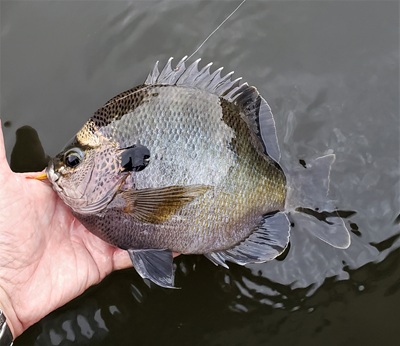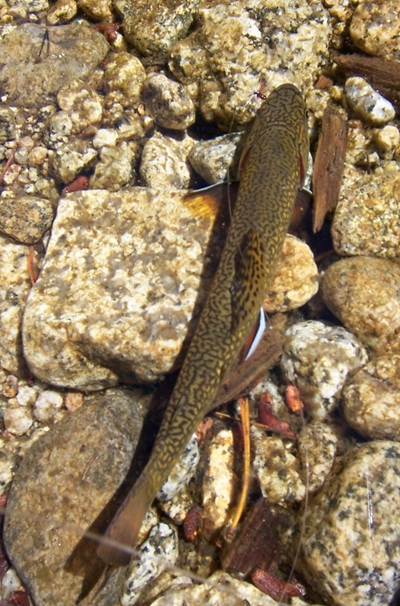 Photograph Safely to Improve Survival
Photograph Safely to Improve Survival
The high-quality digital cameras in our smart phones are excellent for taking photographs of fish, other wildlife and the wetlands where we fish. They allow taking multiple photographs quickly for review, cropping and discarding later. Be sure to secure your camera with a lanyard when over water.
Excellent photographs can be created safely of fish in several ways, dependent upon size and species of fish, whether standing in water with the fish or photographing from a boat. Smaller fish can be easier to compose for photographs, whereas, photographing larger fish safely can be more challenging.
“Safe Handling for Soft Release” of the larger and often heavily harvested trophy species is especially important to post-release survival. The popular practice of photographing fish in hand adds additional reason for handling fish safely and releasing them softly to improve their survive and possible capture another time. The following practices will help ensure the fish you release survive.
General Tips for Safe Fish Pictures:
- Ask a partner to assist in taking the picture, especially helpful when photographing larger or very active fish.
- Don’t photograph every fish; be selective.
- Avoid holding fish completely out of water and never lay fish on ricks, shore or boat.
- Leave fish in water with the line or in a rubberized net while turning the camera on and planning the photograph.
- Avoid photographing highly active fish; wait for the next fish.
- Fish will often calm when pressure on the line is slackened, making natural photographs in water possible.
Taking the Picture:
- Wet hands before handling a fish.
- Have your camera ready before handling the fish for the picture.
- Compose the picture, take photographs quickly and softly release the fish as soon as possible.
- “Keep Fish Wet” at all times as you prepare to take your photograph.
- Calmed fish can be photographed laying or cradled in hand or in net.
- Larger fish can be photographed in wet hands, partially out of or just above water with water dripping, as well as when they are being released softly from hand into the water.
- Avoid retaining fish longer when trying for the perfect photograph.
- Take several successive photographs of moving fish and review them later to avoid holding fish for extended periods.
Selected References
The Origin, Decline, and Resurgence of Conservation as a Guiding Principle in the Federation of Fly Fishers (Fly Fishers International) - FFF_Conservation_Chapter_May_2015.pdf (flyfishersinternational.org)
Catch and Release – Wikipedia – https://en.wikipedi.org/wiki/Catch_and_release
Catch And Release Fishing: Impact With Studies, Stats & Tips – https://hikingandfishing.com/catch-and-release-fishing
Catch and Release Fishing – https://www.nps.gov/subjects/fishing/catch-and-release-fishing
How to Safely Catch and Release – https://www.nps.gov/subjects/fishing/how-to-safely-catch-and-release
Catch and Release Fishing Best Practices – NOAA Fisheries – https://www.fisheries.noaa.gov/national/resources-fishing/catch-and-release
The 7 Major benefits of Catch and Release Fishing – https://tacklevillage.com/benefits-of-catch-and-release-fishing
Catch and Release Fishing – https://www.flseagrant.org/fisheries/catch-and-release-fishing
Brochure
Click to download PDF version
Questions
Please direct inquiries to the Conservation Coordinator.
E-mail: conservation@flyfishersinternational.org
Telephone: 406-222-9369